Occupation Architect Books Will Alsop's SuperCity Role Architect | Name Will Alsop Practice aLL design | |
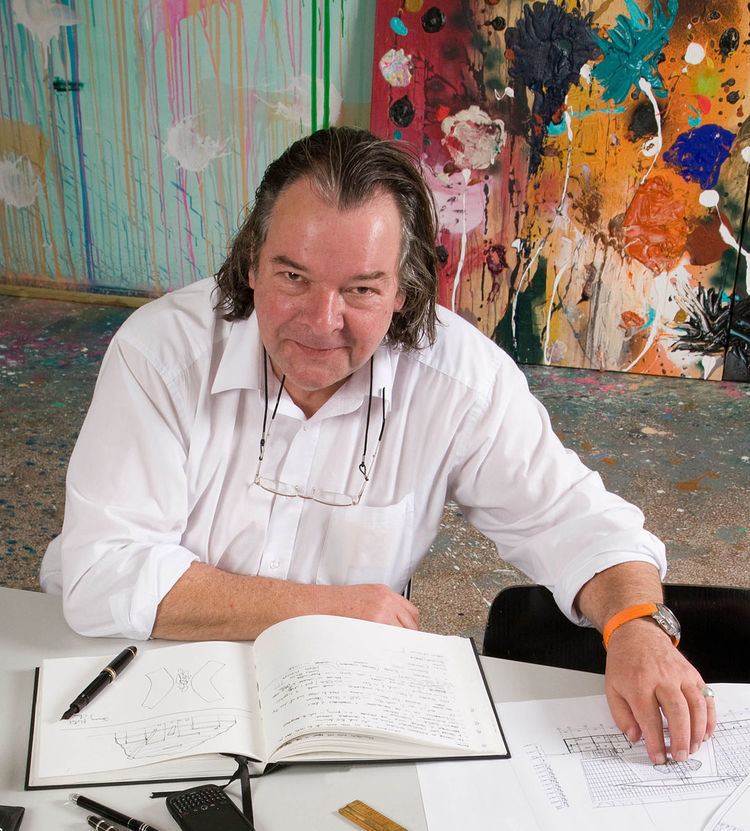 | ||
Awards Stirling Prize (2000); RIBA Worldwide Award (2004); Civic Trust Award (2003, 2006); RIBA Regional Award (London) (2006) Structures Similar People | ||
Will alsop on gao yang and working in china
Will (William) Allen Alsop, OBE RA (born 12 December 1947, in Northampton, England) is a British architect and Professor of Architecture at University for the Creative Arts's Canterbury School of Architecture. He is responsible for several distinctive and controversial modernist buildings which are usually distinguished by their use of bright colours and unusual avant-garde forms. In 2000, Alsop won the Stirling Prize, the most prestigious architecture award in the United Kingdom, for the Peckham Library in the south-east of London.
Contents
- Will alsop on gao yang and working in china
- Will Alsop Nothing is Lost
- Biography
- Architectural style
- Academic appointments and honorary positions
- Exhibitions
- Personal life
- References
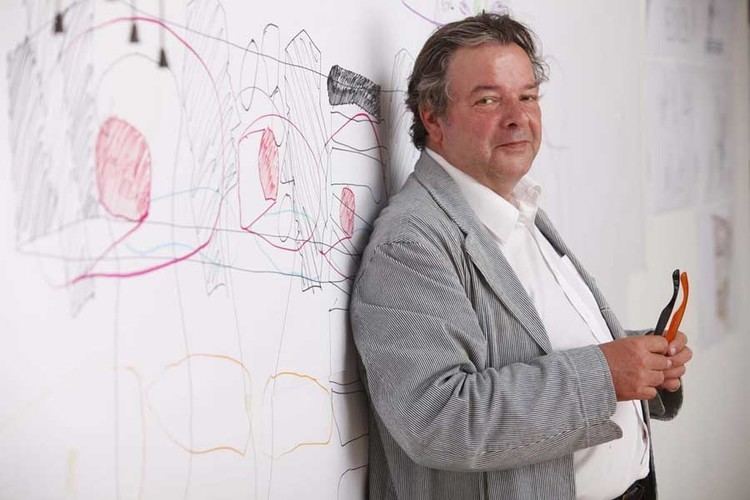
Will Alsop - Nothing is Lost
Biography
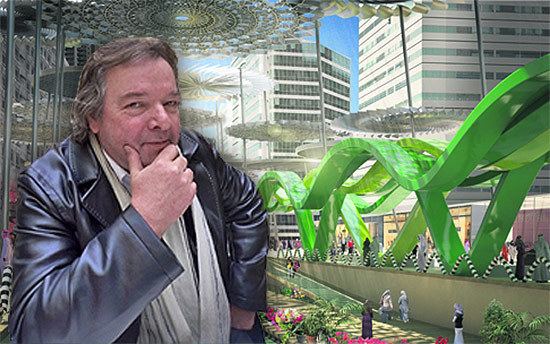
Alsop always wanted to be an architect, even before he really knew what architects did; when he was six years old, he designed a house for his mother to live in – its most striking specification was that it had to be built in New Zealand. When he was 16 his father, an accountant, died, and being bored with school he left to work for an architect, doing his A-levels at evening classes.
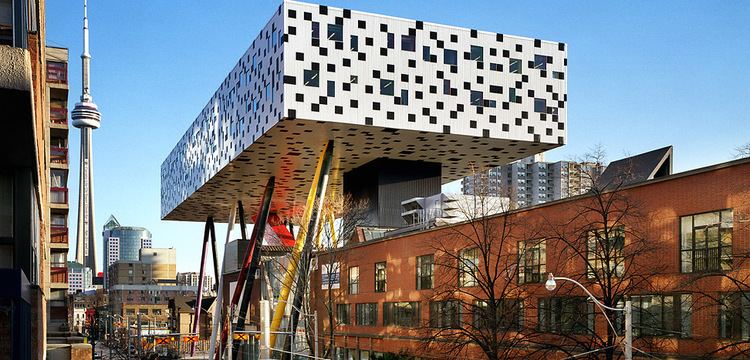
He was greatly influenced by his drawing tutor, Henry Bird while at foundation course at Northampton Art School. He recalled how he was taught to draw by him.
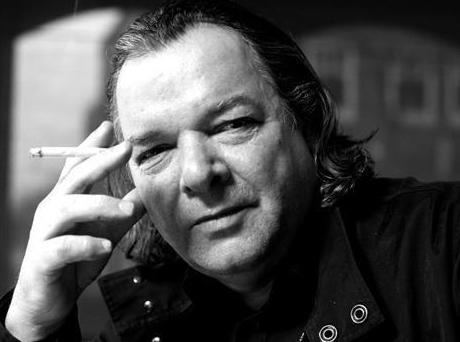
He gave me a brick, told me to draw it and promptly left the room. I proceeded to draw it with all its shadows. On his return he went into a rage and chastised me for destroying the vision with shading, shouting: 'What is wrong with a simple line?' He insisted that I redo the drawing with line only so that I could begin to see the brick and its proportions. I drew that brick for two three hour sessions per week, line only, for three months. Eventually, he admitted that I had mastered the brick and I was allowed to progress onto the tin can.
Alsop then studied at the Architectural Association School of Architecture where at 23 he entered the competition to design the Centre Georges Pompidou in Paris and came second to the eventual winners, Richard Rogers & Renzo Piano. He worked briefly for Maxwell Fry and Jane Drew, a couple who had been instrumental in introducing modernism to Britain in the 1930s, then joined Cedric Price for four years.
After a short period with Roderick Ham, in 1981 Alsop set up a practice, Alsop & Lyall, with his classmate John Lyall in Hammersmith. Jan Störmer later joined the practice and a decade later, in 1991, the practice was renamed Alsop & Störmer after Lyall's departure. Alsop's first real commission was a swimming pool for Sheringham in Norfolk in 1984, followed by a visitor centre for Cardiff Bay. Thereafter he worked on a number of projects in Germany, including the Hamburg Ferry Terminal, before beating Norman Foster in the competition to design the Hôtel du Département des Bouches-du-Rhône (seat of the regional government) in Marseille, France (the building has been nicknamed Le Grand Bleu – "The Big Blue" – and "The Whale" by the locals), in 1994. Alsop and Störmer divided into separate practices in 2000, Alsop forming Alsop Architects.
Alsop admits to never being very good at handling finances, and his practice went through several difficult periods, including the cancellation in June 2004 of plans to build a "Fourth Grace" to be built on Liverpool's Pier Head waterfront – the so-called "Cloud Building" – officially because of rising costs and unrealistic design.
In early 2006, Alsop sold his practice to a design conglomerate called the SMC Group to concentrate on architecture.
After leaving ARCHIAL (formerly Alsop Architects, then SMC Alsop), he joined RMJM's London Headquarters as International Principal on 1 October 2009. The office's name was "Will Alsop at RMJM". Alsop's current practice is called aLL Design and has practices in London and Chongqing. Alsop's London office is located in Battersea.
Alsop was a tutor of sculpture at Central Saint Martins College of Art and Design in London for several years, and has held many other academic posts, among others at the Vienna University of Technology, Universities of London and Hannover, and actively promotes the artistic contribution to built environments. In 2013, Alsop became Professor of Architecture at the University for the Creative Arts's Canterbury School of Architecture.
Alsop has been made an Officer of the Order of the British Empire (OBE), and was elected to the Royal Academy on 18 May 2000.
Architectural style
Alsop regards as his architectural heroes Le Corbusier, Sir John Soane and Mies van der Rohe. His avant-garde, modernist buildings are usually distinguished by their vibrant use of bright colour and unusual forms. Before Alsop begins to work on a new project, he uses painting to clear his mind, think freely and create an uncontaminated design approach.
"One of the reasons for painting is that you are not really in control of what you are doing - and that interests me a lot. Instead of having a specific starting point, which perhaps, in architectural terms, would lead through to a series of logical thoughts working towards a designed building, you can start anywhere."
For him, the act of painting together with working closely with the client and the local community are necessary ingredients in urban design and architecture.
In 2004, Alsop published a book entitled Supercity which elicited much debate. It was the subject of a Channel 4 television documentary and an exhibition at the Urbis museum in Manchester. This book described his vision of a "Supercity" – a futurisitic conurbation – stretching along the M62 corridor from Liverpool to Hull. It included a discussion of how the increasing interconnectivity of the cities along this corridor is changing the concepts of a "city", and how they can be developed to merge the idea of the rural and urban. It also included a number of architectural ideas of possible buildings and communities in this city. Although there was some political support for his ideas, with The Times claiming that former British Deputy Prime Minister John Prescott was a supporter, the Supercity has its critics. Alsop also features significantly in Iain Sinclair's book Ghost Milk (2011), especially the chapter "In the belly of the architect". The book is a critique - written using the literary technique of psychogeography - of the capital used to drive through vanity planning projects such as the London Olympics, and Alsop's unbuilt planning projects in the north of England, such as Supercity, are seen as typical of these, where the architect fantasizes about how architectural design solves social and economic problems.
Alsop's architectural talents may be the subject of controversy but he has managed to build up an international reputation and a certain degree of fame – he has been called "number three in the hierarchy of British architects after Lords Rogers and Foster". Notwithstanding this, like fellow avantgardist Zaha Hadid, he has actualised relatively few buildings from his designs. Alsop has estimated that only about 10% of his designs have been built. However, this does not worry him because he enjoys designing buildings even when he has no particular commission or competition in mind. "It's like tennis – you have to keep doing it all the time, whether you have a client or not. I believe that absolutely. You can speculate in your sketchbook – you're allowed to think about anything, with or without a client."
In April 2007, The Observer commented that Alsop's approach to architecture could broadly be defined by his statement: "I like people. I hope it shows."
Academic appointments and honorary positions
Alsop is an ongoing professor of architecture at the Vienna University of Technology and has received many honorary doctorates such as the honorary Doctorate of Civil Law (DCL) by the University of East Anglia and honorary doctorates at Ryerson University and OCAD University.
Exhibitions
Alsop is known to be constantly drawing and painting either for his architectural work or for his own sake. His paintings and sketches have been exhibited alongside his architectural projects in dedicated exhibitions at Sir John Soane's Museum, Milton Keynes Gallery, Cube Gallery in Manchester, and the British Pavilion at the Venice Biennale, among other venues. He is a patron of the charity The Nightingale Project, which uses the arts to enhance the environment in hospitals, and has exhibited his paintings in a London hospital under the auspices of this charity. Alsop also conducted a series of workshops with psychiatric patients at London's St Charles, Chelsea and Westminster hospitals, creating large communal artworks. He has been chair of the board of Trustees of The Architecture Foundation.
Major Exhibitions:
Personal life
Alsop and his wife live between an Edwardian mansion flat in London and a converted stable block in Norfolk. They have three adult children.
Alsop tries to relax as much as possible on weekends and also takes a month off in the summer to go painting in Majorca with his friend Bruce McLean. Alsop enjoys smoking and drinking. He is, according to an April 2007 article in The Observer, "obviously not a man familiar with gyms".
He has a twin sister who still lives in Northampton.
